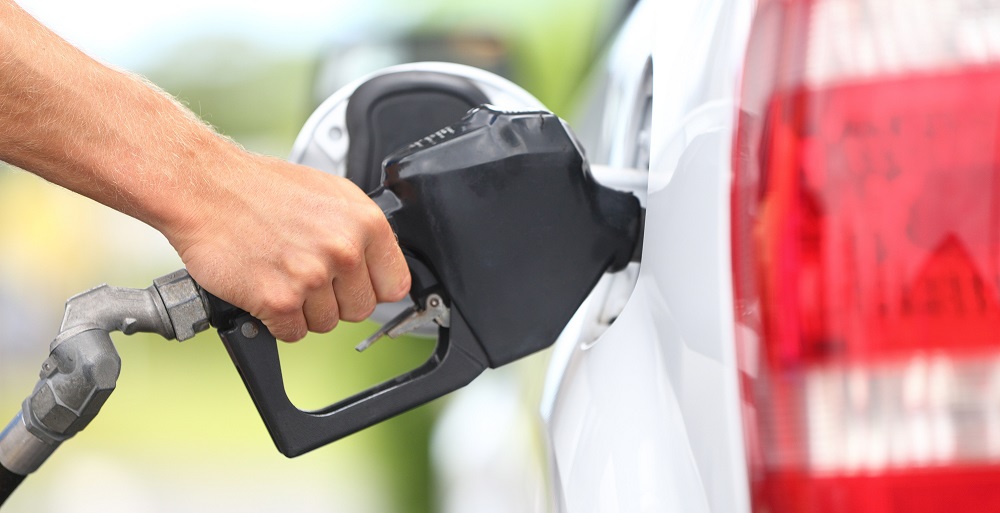Here we are in 2021 and drivers are facing dramatic rises in gas prices, especially on the West Coast, where they have jumped as much as seventy to eighty cents in a matter of weeks to now average more than $4 a gallon in California.
Higher gas prices can ruin a budget and cause people to turn towards credit cards to pay for gas.
Although experts and news analysts note that the spike in gas prices is temporary, it’s unlikely that we will see prices drop as quickly as they rose.
Gas Prices Rising (10 Tips to Deal With Rising Gas Prices)
Below we share 10 tips to help you lessen the blow of the prices at the pump on your bank account.
10 Tips for Reducing Your Gas Expenses:
1. Comparison Shop Before Filling Up Your Gas Tank
Sites such as MSN Autos, GasBuddy.com, and GasPriceWatch.com list gas prices in specific areas across the country. A 25-cent difference means that you pay $5 less for every fill-up of a 20-gallon tank, but sometimes the disparities are even greater.
2. Check Your Tire Pressure Regularly
Take the time to check your car’s tire pressure each month. Under-inflated tires reduce fuel efficiency by 2 percent for every pound they are underinflated. Underinflation also causes premature tire wear giving your tires a shorter use life. Consult your owner’s manual to find out your car’s optimal tire pressure (usually 32 lbs).
3. Don’t Speed
Drive at the speed limit. Cars use about 20 percent more fuel driving at 70 miles per hour than they do at 55 miles per hour.
4. Use Proper Gears
Avoid driving fast in low gears. Driving at high speeds in the improper gear can reduce fuel efficiency by up to 40 percent.
5. Give Your AC a Break and Roll Your Windows Down
Avoid using air conditioning whenever possible. Air conditioning reduces fuel economy by 10 percent to 20 percent.
6. Aerodynamic at High Speeds
Don’t open windows when traveling at high speeds. Open windows on the highway can reduce fuel efficiency by 10 percent. It is much better to use the ventilation system. Also, remember to remove car racks and other items that make your car less aerodynamic when they’re not being used.
7. Take Advantage of Cruise Control
Use cruise control to maintain a steady pace on the highway to increase fuel economy. Avoid rough roads. Driving on roads made of dirt or gravel can reduce fuel economy by up to 30 percent.
8. Don’t Use Your Car as a Storage Closet
Remove all excess weight from your car. Many people use their trunk as a storage space, adding unneeded pounds to the car’s weight. This unnecessary weight reduces the car’s fuel efficiency.
9. Drive Smoothly
Try to accelerate gently, brake gradually, and avoid stops when driving. Gunning engines, quickly accelerating, and abrupt stops all waste fuel. Try to avoid driving during rush hour periods when you know that traffic will be heavier. If you do find yourself in stop and go traffic, try to maintain a crawl. When approaching hills or steep slopes, accelerate before the hill. Accelerating once on the slope will consume much more gas.
10. Save Gas Money with Warehouse Memberships
The big warehouse stores, like Costco, Sam’s Club, and BJ’s Wholesale Club, typically offer some of the lowest gas prices in town. The downsides are you may find lines at the pumps, and the cost of membership (typically $40 to $50) will offset some of your savings if all you do is buy gas. But if you shop at these places anyway, the savings can be worthwhile.
Even if these spikes in gas prices are temporary, gas prices increase year after year. Following these tips can make a big difference in how much you spend for gas, allowing you to stay within your budget. Adjust your budgets regularly to account for changes in gas prices so that increases will not have you resorting to using credit cards. Remember too, some gas stations will charge you more for using your credit cards!


[…] life is slowly returning to a more familiar pace. Once again we’re looking for tips on how to save money at the gas pump instead of trying to get our hands on toilet paper. Yet there’s one aspect of the pandemic that […]